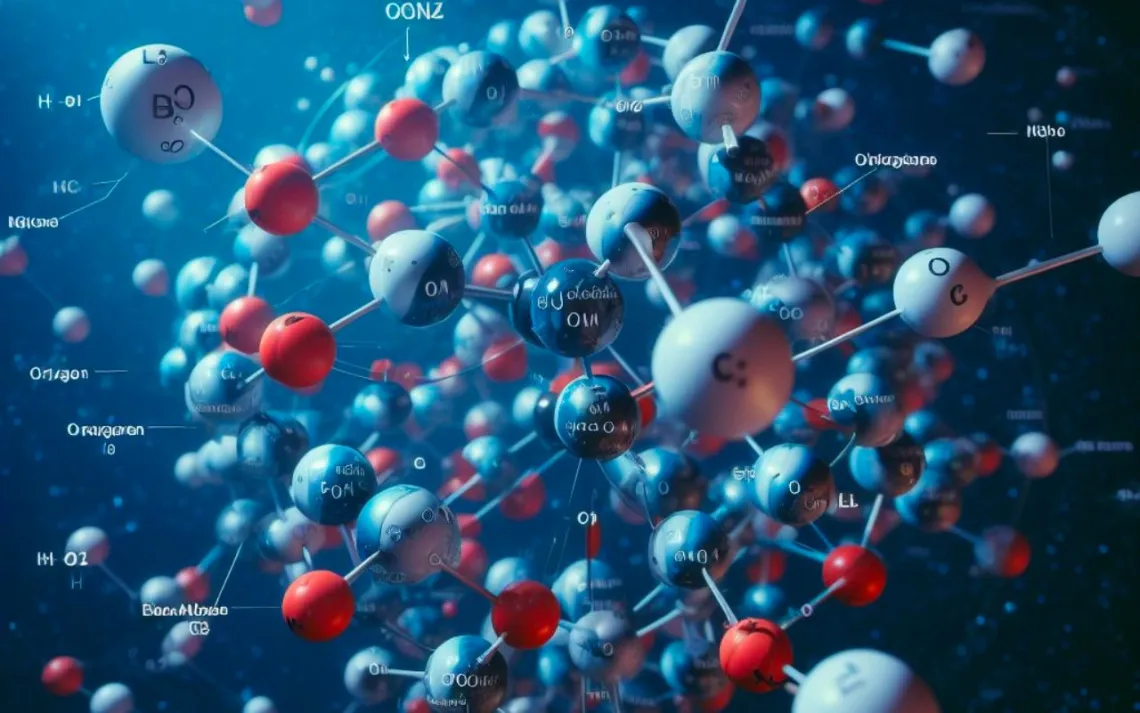The Combination of Oxygen and Methane Could Reveal the Presence of Life on Another World

In searching for life in the universe, a field known as astrobiology, scientists rely on Earth as a template for biological and evolutionary processes. This includes searching for Earth analogs, rocky planets that orbit within their parent star's habitable zone (HZ) and have atmospheres composed of nitrogen, oxygen, and carbon dioxide. However, Earth's atmosphere has evolved considerably over time from a toxic plume of nitrogen, carbon dioxide, and traces of volcanic gas. Over time, the emergence of photosynthetic organisms caused a transition, leading to the atmosphere we see today.
The last 500 million years, known as the Phanerozoic Eon, have been particularly significant for the evolution of Earth's atmosphere and terrestrial species. This period saw a significant rise in oxygen content and the emergence of animals, dinosaurs, and embryophyta (land plants). Unfortunately, the resulting transmission spectra are missing in our search for signs of life in exoplanet atmospheres. To address this gap, a team of Cornell researchers created a simulation of the atmosphere during the Phanerozoic Eon, which could have significant implications in the search for life on extrasolar planets.
The research was led by Rebecca Payne and Lisa Kaltenegger, a research associate and assistant professor with the Carl Sagan Institute at Cornell University (respectively). The paper that describes their findings, "Oxygen Bounty for Earth-like exoplanets: Spectra of Earth through the Phanerozoic," was recently published in the Monthly Notices of the Royal Astronomical Society: Letters. They have made the full model and high-resolution spectra available online, which provide a tool to plan, optimize, and interpret observations with ground- and space-based telescopes.
The study of exoplanets is currently experiencing a transition. With 5,528 exoplanets confirmed to date, and another 9,899 candidates awaiting confirmation, the process has been moving from discovery to characterization. This transition has benefitted from next-generation ground and space-based telescopes capable of obtaining spectra directly from exoplanet atmospheres. This is a process where light is analyzed using spectrometers to identify absorption features that correspond to different chemical compounds, thus revealing vital data about the composition of an exoplanet's atmosphere.
